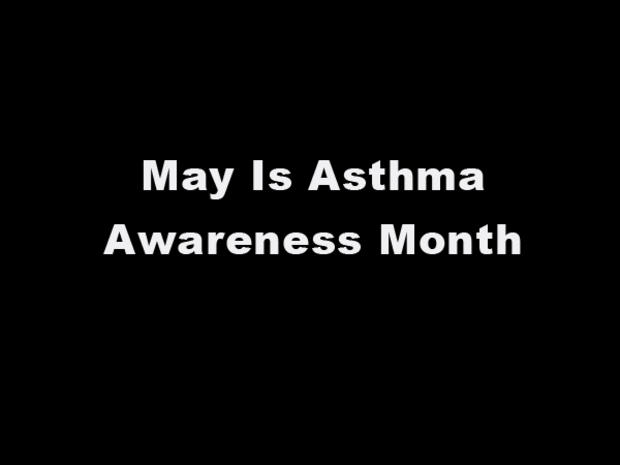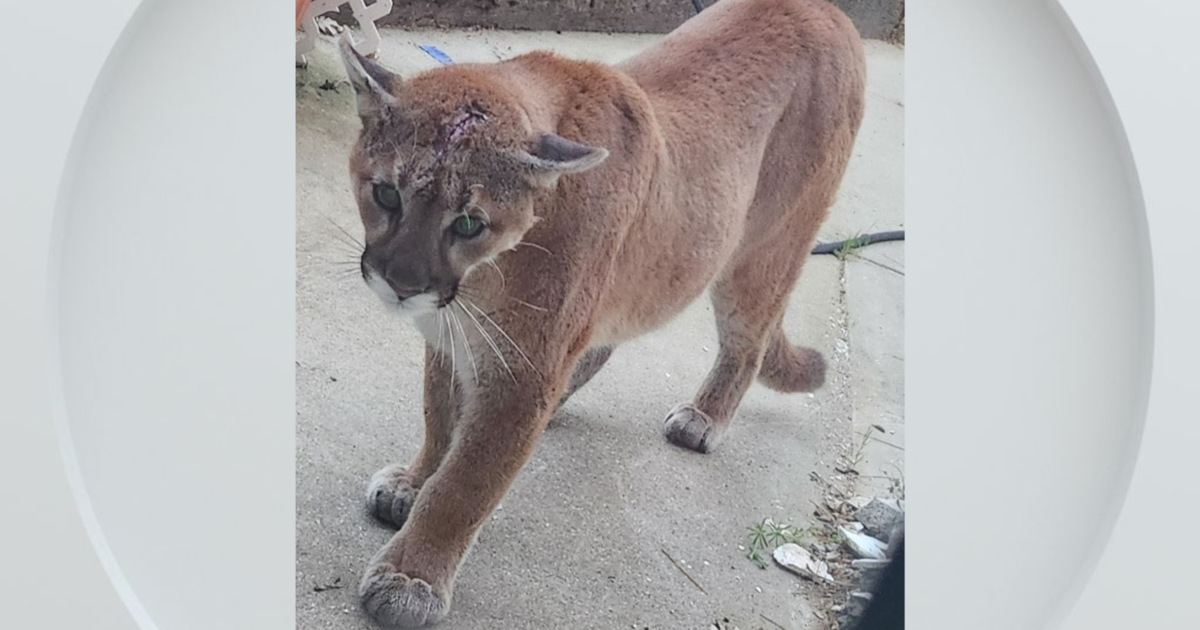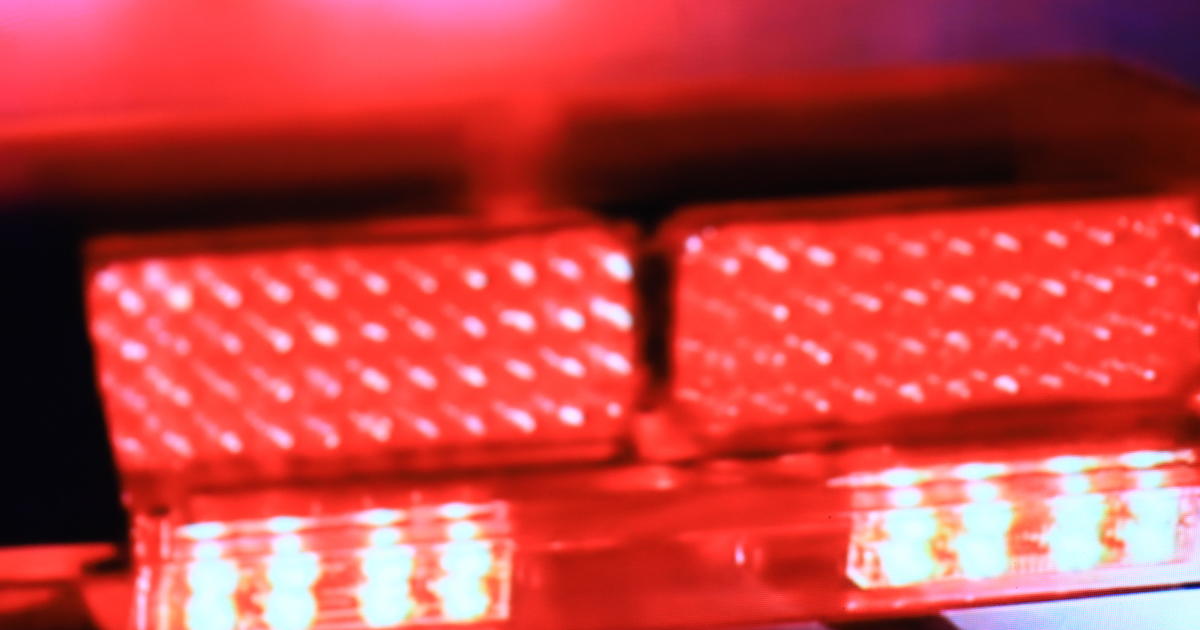Kitchen Basics: Know Your Oven From The Joy Kitchen
 Photo Credit: Simon & Schuster
Photo Credit: Simon & Schuster
By Megan Scott
Irma Rombauer first published The Joy of Cooking in 1931 with her daughter, Marion Rombauer Becker, who updated each subsequent edition until 1975. Marion's son, Ethan Becker, returned the book to the family's voice, revising the 1997 edition for the 2006 75Th Anniversary Edition. That new classic features 4,500 recipes, hundreds of pages of reference material, 26 graphs and charts, and 238 illustrations, and has been a trusted kitchen companion for nearly a decade. Ethan's son, John Becker, and his wife, Megan Scott, joined the family business in 2011 and have been integral in bringing this iconic American brand into the digital age. Today, Megan and John blog about food and cooking at www.TheJoyKitchen.com
The Joy of Cooking is one of the bestselling cookbooks of all time. The Joy Kitchen chefs offer a simple test on getting to know your oven so you can learn where to best place your casseroles or baking pans—and try to prevent any cooking mishaps along the way!
Perhaps one of the trickier aspects of moving into a new kitchen is getting your bearings. Unless you're lucky enough to have your kitchen built to your specifications, there are probably a lot of "less than ideal" things you're going to have to learn to live with. So is life.
I generally just go with it in such situations. I organize as best I can and start to adapt. But one thing worth investigating is how your oven heats.
This applies mostly to those of us who are still relying on landlords to supply our ovens. It's a sad situation, but a common one. And truth be told, the majority of home ovens are horribly inaccurate.
Get An Oven Thermometer
One of the easiest ways to get a sense for how your oven heats is to purchase an inexpensive oven thermometer. We have one that hangs on the oven rack. You can also buy a probe thermometer that allows you to watch the fluctuations in temperature without having to open the oven door.
Once your thermometer is up and running, you might be shocked at how great the temperature fluctuations are. When we set our oven's thermostat to 350˚F, the temperature ranges from around 300˚F at its lowest to 400˚F at its highest. When the temperature drops, the heating element turns on, boosting the temperature significantly.
This sort of variability is nightmarish for recipe writers. But armed with a thermometer, you can gauge how accurate your oven's thermostat is and how the temperature fluctuates over time. It's an easy and inexpensive fix that will improve your cooking experience. You may find that you need to set your thermostat higher or lower depending on whether your oven runs cool or hot.
Test For Hot Spots
Another thing to account for is the dreaded hot spot. Have you ever baked a batch of cookies only to find that the ones towards the outside of the cookie sheet start to burn before the ones in the center have cooked through? Or maybe the back left-hand corner of your oven gets hotter than anywhere else.
This can be an infuriating problem, especially if you're taking the trial and error route to learning your oven. My favorite test for hot spots is the white bread test. This is probably the only time I'll ever instruct you to buy white "air" bread on this blog. I don't recommend it for eating, but it's a great hot spot indicator.
Simply preheat your oven to 350˚F, and place a rack in the center of your oven. Place slices of white bread in a grid pattern on your oven rack, and leave them until they begin to toast. Note which slices toast (and burn) faster than others. This will indicate the hotter areas inside your oven.
Unfortunately, there's no magic "fix" for those hot spots. But, armed with the knowledge of how your oven works you can make adjustments to your cooking that will lessen the effect of hot spots. Avoid placing baking pans in the hottest parts of the oven, and rotate baking sheets to prevent burning or overcooking. In an attempt to lessen the effect of hot spots, many recipes already instruct you to rotate your baking sheets, but you should do this regardless.
A note on convection ovens: One of the purported benefits of a convection oven is that it produces a more even heat, but this does not necessarily preclude it having hot spots. Often, the area right in front of the fan tends to get hotter than the surrounding areas, so it pays to do the hot spot test with convection ovens as well.
Strategically Place Your Oven Racks
Finally, be aware that the placement of your oven racks will also affect cooking. Most (if not all) ovens are hotter at the top than at the bottom. Thus, if you have two baking sheets in your oven, one on a higher rack and one on a lower rack, the one on the higher rack will cook faster. Therefore, it is important not only to rotate your pans from front to back, but also from top to bottom. It's more trouble, but it will give you better results in the long term.
Use A Baking Stone
To amend your oven's uneven heat, I recommend placing a baking stone on the lower rack of the oven as it preheats. The stone will act as a heat sink and lessen the effects of hot spots. For cookies and some breads, you can bake directly on the stone. Do not use a baking stone when broiling. The stone can crack or shatter.
Reproduced with permission of Scribner, a division of Simon & Schuster. Copyright © 2013 by Megan Scott & John Becker







